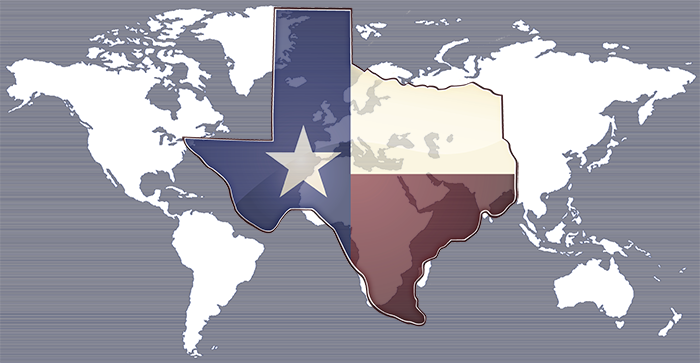-
Click a video below to play.
-
01:15Introduction
As world markets become more and more interconnected, today's job seekers must prepare to work in an economic environment with increasingly complex dynamics. While preparing students to think critically about questions of security, sustainability, technology, and cultural and political identity has always been an important priority for educators, the demands placed on today’s students to problem solve within the intersection of these concepts are unprecedented.

The speed and reach of technology — digital and otherwise — has changed the game for businesses seeking to maximize their customer bases and their profits. For example, the manufacturing and customer service components of many large businesses are no longer housed in the United States but in regions with more competitive labor markets. The export or mechanization of many low-skilled jobs has changed not only our economy, but demands on American workers. Economists and labor researchers point out that today's careers require more than basic content knowledge or even specialized training; today's students need opportunities to develop adaptability, creativity, critical thinking, and the skills to engage with new material and concepts on an ongoing basis.1
Workers of tomorrow can also anticipate working within a more diverse labor force. Due to increased global migration and demographic trends domestically, the likelihood of working internationally or with international colleagues or clients is on the rise. These shifts call for education to include cultural competency and help students develop a more global knowledge base.
| Materials for Download | |
|---|---|
| Video Transcript (PDF) | |
1 Mandilla, V. B. & Jackson, A. (2011.) Educating for Global Competence: Preparing Our Youth to Engage the World. New York, NY & Washington D.C.: Council of Chief State School Officers’ EdSteps Initiative & Asia Society Partnership for Global Learning